Welding has had ups and downs throughout history, but the ever-lasting innovation process prevailed in the end. The 1930s, also known as the period of the Great Depression, were especially hard for most industries.
However, during the 1930s, welding came into its own during those turbulent times. Therefore, it became a mainstay of production in the years after.
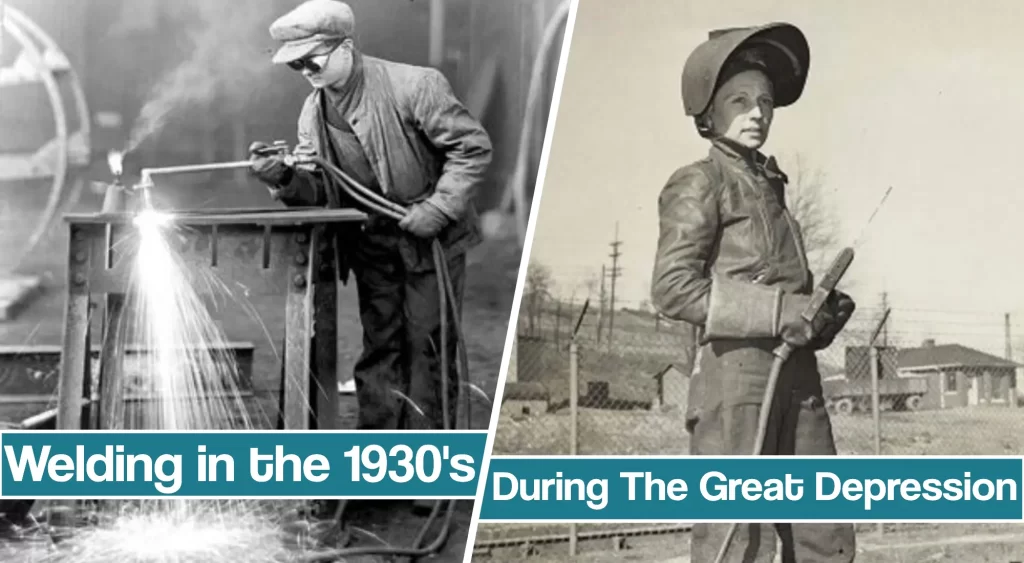
Today, welding has evolved as we see increased automated production and advanced laser beam processes. But have you been wondering what welding was like in the past?
The Great Depression and Welding
The stock market crash of October 1929 sent Wall Street into a panic and wiped out millions of investors. The harsh times were ahead as consumer spending and investment dropped, causing steep industrial output and employment declines.
In the US, industrial production was -47%, wholesale prices -32%, foreign trade -70%, and the unemployment rate increased by an enormous 607%. Therefore, by 1932, one in every four workers was unemployed. In addition, more than 50,000 businesses had failed.
While the industry was on the verge of a tremendous crash, welding technology quickly advanced. Welding had to match the pace of change in the automotive and aircraft industries.
Welding Demands in the 1930s
Manufacturers in the 1930s started producing steel body frames, and in the aircraft industry, the demand for new planes kept manufacturers busy. Thus, new equipment and joining techniques were required, so electrical arc welding emerged. As a result, several innovations were introduced.
In 1933, Boeing 247, the first aircraft to incorporate advances such as all-metal fully semi-monocoque construction, was introduced. The innovation followed the jet plane developed by Frank Whittle in 1937 and Igor Sikorsky’s helicopter in 1939.
By the end of the decade, Europe went to war, and the manufacturers had to be ready.
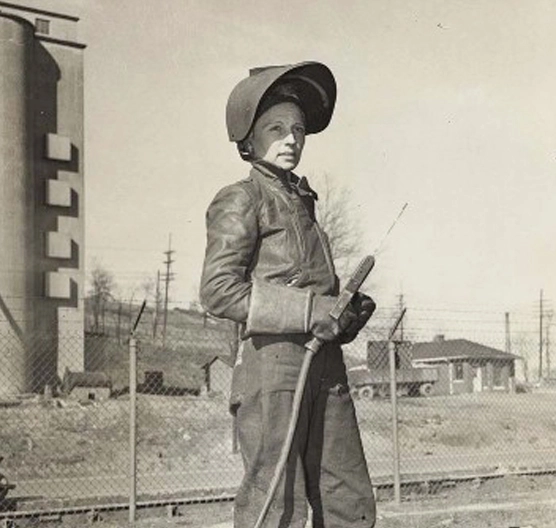
In addition, the US industry was shifting its output to military production, as many were concerned about the scale of the bursting war. So by the end of the decade, planes, trains, and automobiles were primarily built. So the industry has seen the increased popularity of welding.
Welding Trends in the 30s – Aircraft manufacturing
Aircraft manufacturers widely used electric arc welding in the 1930s. However, one of them that really stood out was Boeing. The manufacturer was welding landing gear, spar fittings, engine mounts, and small fittings.
So, despite the high unemployment rate, skilled welders were in hot demand.
Electric welding was called for on the vast twin-motored Boeing bombers at that period. In addition, the welding department is getting ready for work on the new Boeing transport.
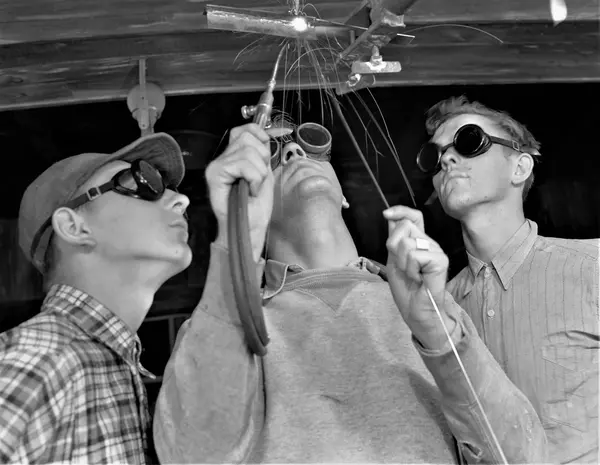
More welders were employed to place an order for a fleet of new-type, high-speed, all-metal monoplanes for United Air Lines.
Railroad Manufacturing in the 1930s
When it came to railroad manufacturing in the 30s, the main goal was to reduce the weight of the railcars. So, some engineers experimented with stainless steel hollow girders for the cars.
However, with standard welding, low temperature separated chromium in the welds. Therefore, stainless steel lost advantages, eventually leading to corrosion.
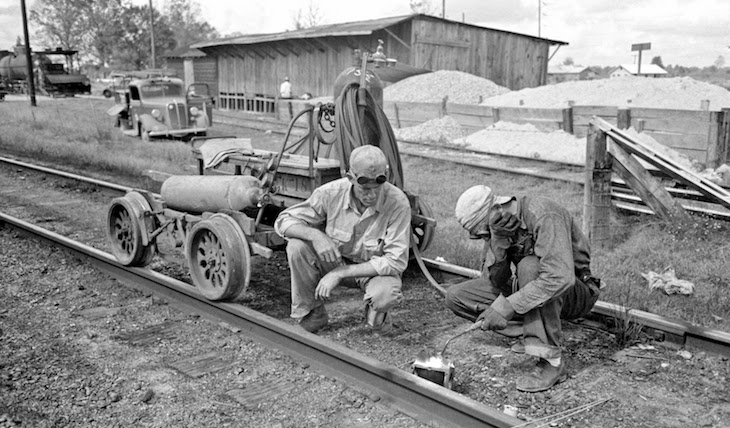
Engineers noticed drawbacks, so they developed a spot welding process at extremely high temperatures, also known as shot welding. When high temperatures were introduced, metals solidified before chromium separation occurred, so the welds were well protected from corrosion.
Automotive Manufacturing in the 1930s
In the 1930s, automotive manufacturers tried to abandon bolt and rivet construction, especially in body assembly. So, welding was a logical choice.
Therefore, much more welding, both electric and oxy-acetylene, is used in the body than in the chassis of a motor car. Since manufacturers had vide variety of processes to choose from, their choice largely depended on the number of units manufactured.
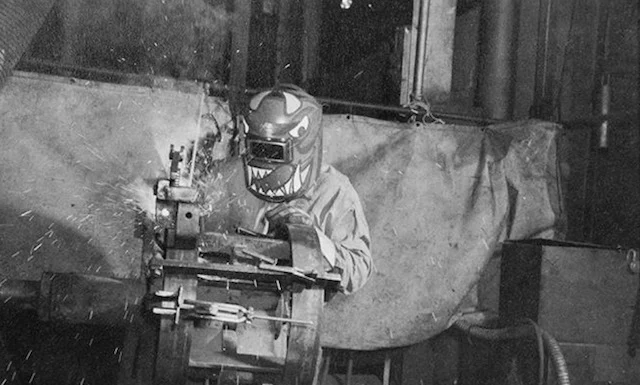
For example, manufacturers such as Seaman Body Corp made bodies for Nash Motors. At the time, the company used arc, gas, spot, flash, and gun welding. One of the newest technologies was gun welding.
The chief differences are in the shape and location of the electrodes and closing motion. Seaman used these gun welders primarily for tack welding, followed by machine spot welding.
Shipbuilding in the 1930s
Shipbuilding in the 1930s was revolutionized by introducing stud welding. This new process reduced the time to install studs during the fabrication of ships and aircraft carriers.
In addition, submerged arc welding gained popularity. However, the process was widely used only by the Navy.
So, few people in the country keep track of technical progress in the Navy. Experts consider there would be less gloom in the world of heavy engineering if the research were publicized.
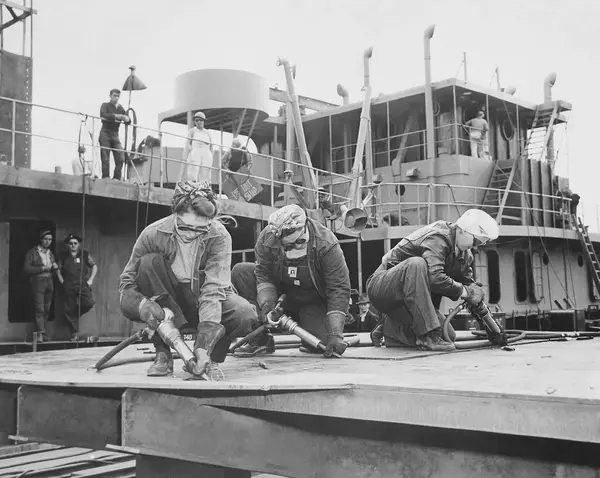
Nonetheless, the Navy was probably the single largest user of welding equipment and supplies in the 1930s.
End of Great Depression
By the end of 1932, firms were once again starting to buy, and government officials were assuring the public that the Depression was over. Within 100 days, the New Deal was getting into law, creating 42 new agencies throughout its lifetime. Since welding has taken off during the difficult period, many have thought there are unmistakable signs of the battle going the other way.
However, historians peg 1941 as the end of the Great Depression. Many argue that World War II, not the New Deal, ended the Depression. Still, others contend that FDR had spent as much on the New Deal as he did during the War.
Great Welding Projects During the 1930s
Despite the Great Depression, one of the most significant projects in the US was taking part – Hoover Dam construction. The construction resulted from a massive effort involving thousands of workers and cost over one hundred lives.
When the design was presented, many experts had a strong opinion. For example, steel fabricators who know how to weld advise that water ducts for the great Hoover Dam be made of steel. Meanwhile, others suggest that the dam itself be made of welded steel.
However, the point is no dam engineer would ever authorize such innovations. Therefore, they have taken a traditional approach – concrete.
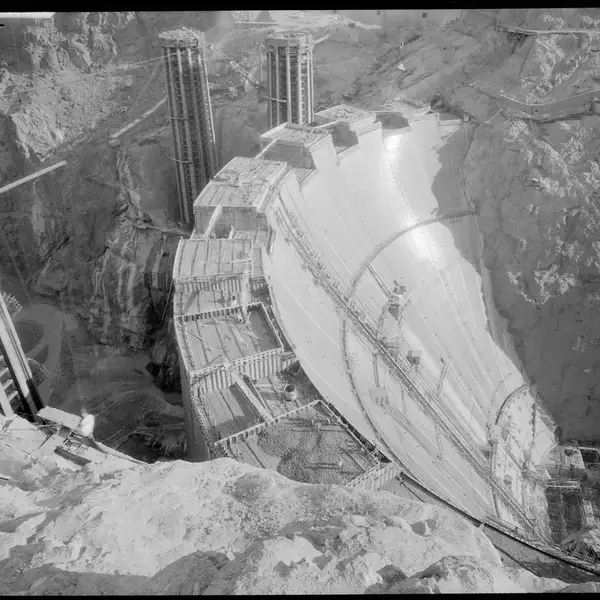
Even though the concrete was conventional and more expensive, no one was ready to take a risk. So the entire construction cost was approximately $49 million, which is relative to $684 million in 2022. Experts state that charges would be significantly lower with welding.
On the other hand, the 1930s saw an idea to fully weld pipelines into an action. That’s why in 1931, a 100% welded pipeline that supplied water to the Viborita Gold Mines in Columbia was introduced.
Two portable 200-amp self-exciting arc-welding generators welded the entire 5,228-ft-long pipeline. The welders were driven by gasoline engines set at 1,700 rpm.
The project included 10,456 ft of longitudinal and 14,885 ft of circumferential welding. In addition, the project included bolted bases, which allowed welders to be dismantled in three parts for transportation to the site.
Publication That Followed the Welding Innovation
Welding was without a doubt getting more popular in the 1930s, and the world had to be aware of what was new in the world of innovation. That’s why the magazine called Here’s how it’s welded was launched. In addition, the magazine published tips and techniques contributed by its readers.
However, the magazine changed its name to Industry and welding, but they changed the goal. Therefore, this magazine changed its purpose to use further and develop this particular phase of the welding process. Finally, in July 1959, the name was changed to Welding design and fabrication. Over the years, the magazine has covered welding technology from the dark years to the World War II era.
Final Thoughts on Welding in the 1930s
America faced many challenges during the 1930s. Unemployment was going through the roof. Meanwhile, prices were skyrocketing. Nonetheless, welding prevailed.
After great turbulences in the industry, welders built the nation’s bridges, office buildings, homes, and many more. They also helped the country traverse the world and eventually reach outer space.
Regardless of the challenges welding faced, it remained an essential part of the industry. Today, welding is constantly evolving, and we are looking forward to seeing the innovation of welding equipment and much more.
In this text, we covered one of the harshest periods. But if you are wondering how welding developed throughout history, make sure you check our article.
Sources:
- https://www.fabtechexpo.com/blog/2019/11/12/the-american-welding-society-100-years-and-counting
- https://www.boeing.com/history/products/model-247-c-73.page
- https://liverpool.universitypressscholarship.com/view/10.5949/UPO9781846314131/upso-9780853239123
- https://www.thebalance.com/the-great-depression-of-1929-3306033
- https://www.millerwelds.com/resources/article-library/the-history-of-welding




